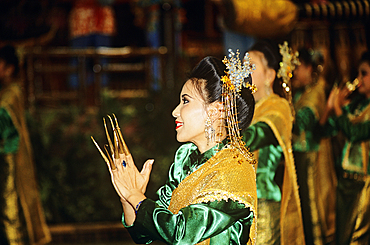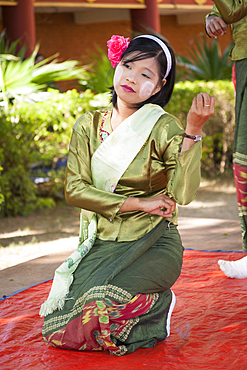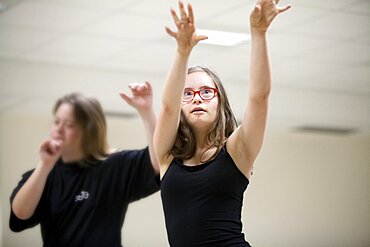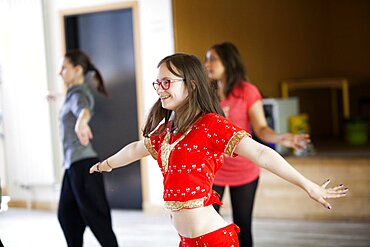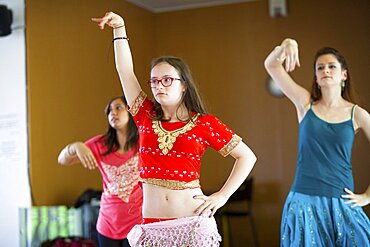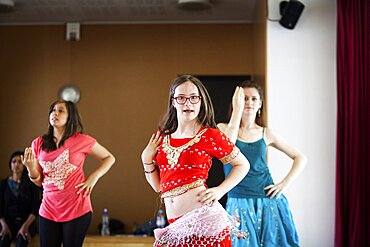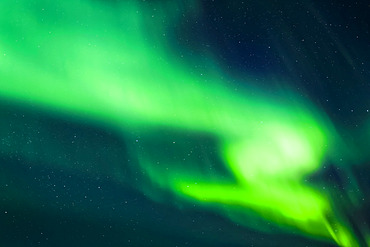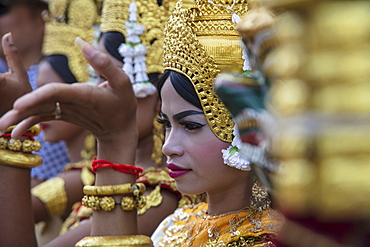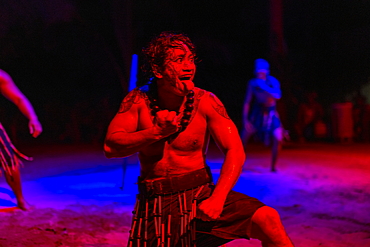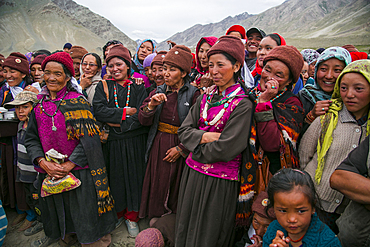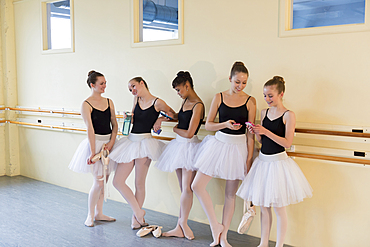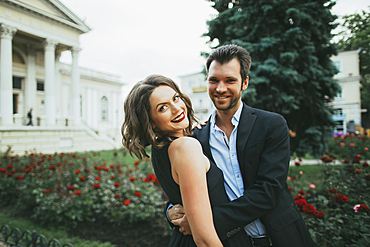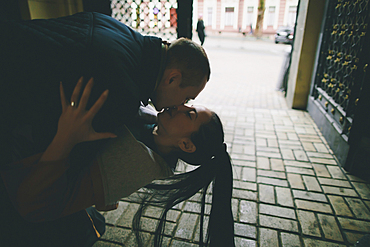Recent searches
Loading...
1178-40251 - Apache man wearing traditional regalia
1178-39304 - Black woman dancing to music on cell phone
1178-39533 - Naked Caucasian woman swimming underwater
1178-39559 - Naked Caucasian woman swimming underwater
1178-39091 - Reflection of Mixed Race woman dancing near Christmas tree
1350-4771 - Female fingernail dancer, Riverside Rose Garden, Sampran, Nakorn Pathom, near Bangkok, Thailand
1350-5328 - Attractive young mixed race woman listening to music in Central Park, New York City
1350-4731 - Model of Indians in reproduction Taino Indian village, Chorro de Maita, Banes, near Guardalavaca, Holguin Province, Cuba
1350-4834 - Burmese woman dancing, Bagan Golden Palace, Bagan, Myanmar, (Burma)
1178-38076 - Caucasian belly dancer holding scarf on beach
1178-38142 - Caucasian man and woman dancing near fireplace
1178-38908 - Caucasian woman dancing in livingroom
1178-38074 - Caucasian belly dancer twirling cape on beach
1178-38078 - Caucasian belly dancer on beach balancing sword on head
1178-38932 - Caucasian woman wearing ruffled skirt dancing
1178-38021 - Black woman dancing on roller skates on sidewalk
1178-38077 - Caucasian belly dancer holding scarf on beach
1178-38912 - Smiling African American woman dancing under scaffolding
1178-37427 - Mother playing with baby daughter on sunny day
1178-38397 - Caucasian woman tossing hair in field
1178-38075 - Caucasian belly dancer holding scarf on beach
1178-38928 - Legs of Caucasian ballerina standing on wooden floor
1178-38933 - Caucasian woman wearing ruffled skirt standing on one leg
1116-50705 - Bright green aurora dancing like fire over Birch Lake with reflections, Interior Alaska in autumn; Fairbanks, Alaska, United States of America
1116-50706 - Bright green aurora dancing over Birch Lake with reflections, Interior Alaska in autumn; Fairbanks, Alaska, United States of America
1116-50699 - Bright aurora dancing in the sky, Taylor Highway, Interior Alaska in autumn; Alaska, United States of America
1113-107168 - Traditional dance performance in the Sarawak Cultural Village, Kampung Budaya Sarawak, near Kuching, Sarawak, Borneo, Malaysia, Asia
1113-106096 - Traditional Cambodian dance performance at the Angkor Wat temple, Angkor Wat, near Siem Reap, Siem Reap Province, Cambodia, Asia
1113-105795 - Polynesian dance performance during the 'Pacifica' show at the Tiki Village cultural center, Moorea, Windward Islands, French Polynesia, South Pacific
1113-105796 - Fire dance during the 'Pacifica' show at the Tiki Village cultural center, Moorea, Windward Islands, French Polynesia, South Pacific
1113-105668 - Dancing larval sifaka, Propithecus verreauxi, Berenty Reserve, Madagascar, Africa
1113-105793 - Haka dance performance during the 'Pacifica' show at the Tiki Village cultural center, Moorea, Windward Islands, French Polynesia, South Pacific
1113-105794 - Polynesian dance performance during the 'Pacifica' show at the Tiki Village cultural center, Moorea, Windward Islands, French Polynesia, South Pacific
1113-105797 - Fire dance during the 'Pacifica' show at the Tiki Village cultural center, Moorea, Windward Islands, French Polynesia, South Pacific
809-8337 - Afro-Ecuadorian group playing bomba and dancing in Valle del Chota, Ecuador, South America
1350-2428 - Green sea turtle, Chelonia mydas, Kailua-Kona, Hawaii, (Pacific)
1350-2608 - Playing music and dancing during a tibetan wedding in Zanskar Valley, Northern India.
1350-2688 - Verges, a small town in the Northeast of Catalonia (Spain), during Easter celebrates the Procession of Verges with skeletons dancing on the sound of a drum, Roman soldiers, known as the 'Manages', and a representation of the life and crucifixion of Jesus Christ. The Procession features the Dance of Death, a tradition from the Middle Age associated with epidemics and plagues and the only one remaining in Spain Ten skeletons dance to the beat of a drum to remember that no one is exempt of death. The backdrop of the medieval walls and towers of Verges is key to this macabre staging.
1350-3359 - Native American dancer in Fancy Dance regalia at Pi-Ume-Sha Treaty Days Pow Wow, Warm Springs Indian Reservation, Oregon.
1350-2693 - Verges, a small town in the Northeast of Catalonia (Spain), during Easter celebrates the Procession of Verges with skeletons dancing on the sound of a drum, Roman soldiers, known as the 'Manages', and a representation of the life and crucifixion of Jesus Christ. The Procession features the Dance of Death, a tradition from the Middle Age associated with epidemics and plagues and the only one remaining in Spain Ten skeletons dance to the beat of a drum to remember that no one is exempt of death. The backdrop of the medieval walls and towers of Verges is key to this macabre staging.
1350-2609 - Playing music and dancing during a tibetan wedding in Zanskar Valley, Northern India.
1350-2692 - Verges, a small town in the Northeast of Catalonia (Spain), during Easter celebrates the Procession of Verges with skeletons dancing on the sound of a drum, Roman soldiers, known as the 'Manages', and a representation of the life and crucifixion of Jesus Christ. The Procession features the Dance of Death, a tradition from the Middle Age associated with epidemics and plagues and the only one remaining in Spain Ten skeletons dance to the beat of a drum to remember that no one is exempt of death. The backdrop of the medieval walls and towers of Verges is key to this macabre staging.
1350-2999 - Quechua woman dancing in performance at El Parador de Moray, Sacred Valley, Peru.
1350-3000 - Quechua woman dancing in performance at El Parador de Moray, Sacred Valley, Peru.
1350-2578 - Feather stars, Oxycomanthus bennetti, Temple of Doom, Great Barrier Reef, Australia (S. Pacific).
1350-2695 - Verges, a small town in the Northeast of Catalonia (Spain), during Easter celebrates the Procession of Verges with skeletons dancing on the sound of a drum, Roman soldiers, known as the 'Manages', and a representation of the life and crucifixion of Jesus Christ. The Procession features the Dance of Death, a tradition from the Middle Age associated with epidemics and plagues and the only one remaining in Spain Ten skeletons dance to the beat of a drum to remember that no one is exempt of death. The backdrop of the medieval walls and towers of Verges is key to this macabre staging.
1350-2427 - Green sea turtle, Chelonia mydas, gets cleaned by yellow tangs, Zebrasoma flavescens and lined bristletooth, Ctenochaetus striatus, Kailua-Kona, Hawaii, (N. Pacific)
1350-2426 - Green sea turtle, Chelonia mydas, gets cleaned by yellow tangs, Zebrasoma flavescens and lined bristletooth, Ctenochaetus striatus, Kailua-Kona, Hawaii, (N. Pacific)
1350-2690 - Verges, a small town in the Northeast of Catalonia (Spain), during Easter celebrates the Procession of Verges with skeletons dancing on the sound of a drum, Roman soldiers, known as the 'Manages', and a representation of the life and crucifixion of Jesus Christ. The Procession features the Dance of Death, a tradition from the Middle Age associated with epidemics and plagues and the only one remaining in Spain Ten skeletons dance to the beat of a drum to remember that no one is exempt of death. The backdrop of the medieval walls and towers of Verges is key to this macabre staging.
1350-2691 - Verges, a small town in the Northeast of Catalonia (Spain), during Easter celebrates the Procession of Verges with skeletons dancing on the sound of a drum, Roman soldiers, known as the 'Manages', and a representation of the life and crucifixion of Jesus Christ. The Procession features the Dance of Death, a tradition from the Middle Age associated with epidemics and plagues and the only one remaining in Spain Ten skeletons dance to the beat of a drum to remember that no one is exempt of death. The backdrop of the medieval walls and towers of Verges is key to this macabre staging.
1350-2687 - Verges, a small town in the Northeast of Catalonia (Spain), during Easter celebrates the Procession of Verges with skeletons dancing on the sound of a drum, Roman soldiers, known as the 'Manages', and a representation of the life and crucifixion of Jesus Christ. The Procession features the Dance of Death, a tradition from the Middle Age associated with epidemics and plagues and the only one remaining in Spain Ten skeletons dance to the beat of a drum to remember that no one is exempt of death. The backdrop of the medieval walls and towers of Verges is key to this macabre staging.
1350-2689 - Verges, a small town in the Northeast of Catalonia (Spain), during Easter celebrates the Procession of Verges with skeletons dancing on the sound of a drum, Roman soldiers, known as the 'Manages', and a representation of the life and crucifixion of Jesus Christ. The Procession features the Dance of Death, a tradition from the Middle Age associated with epidemics and plagues and the only one remaining in Spain Ten skeletons dance to the beat of a drum to remember that no one is exempt of death. The backdrop of the medieval walls and towers of Verges is key to this macabre staging.
1350-2696 - Verges, a small town in the Northeast of Catalonia (Spain), during Easter celebrates the Procession of Verges with skeletons dancing on the sound of a drum, Roman soldiers, known as the 'Manages', and a representation of the life and crucifixion of Jesus Christ. The Procession features the Dance of Death, a tradition from the Middle Age associated with epidemics and plagues and the only one remaining in Spain Ten skeletons dance to the beat of a drum to remember that no one is exempt of death. The backdrop of the medieval walls and towers of Verges is key to this macabre staging.
1350-2697 - Verges, a small town in the Northeast of Catalonia (Spain), during Easter celebrates the Procession of Verges with skeletons dancing on the sound of a drum, Roman soldiers, known as the 'Manages', and a representation of the life and crucifixion of Jesus Christ. The Procession features the Dance of Death, a tradition from the Middle Age associated with epidemics and plagues and the only one remaining in Spain Ten skeletons dance to the beat of a drum to remember that no one is exempt of death. The backdrop of the medieval walls and towers of Verges is key to this macabre staging.
1350-2694 - Verges, a small town in the Northeast of Catalonia (Spain), during Easter celebrates the Procession of Verges with skeletons dancing on the sound of a drum, Roman soldiers, known as the 'Manages', and a representation of the life and crucifixion of Jesus Christ. The Procession features the Dance of Death, a tradition from the Middle Age associated with epidemics and plagues and the only one remaining in Spain Ten skeletons dance to the beat of a drum to remember that no one is exempt of death. The backdrop of the medieval walls and towers of Verges is key to this macabre staging.
1178-36108 - Girls talking and texting on cell phones in ballet studio
1178-35773 - Sunbeams on mixed race woman dancing in city
1178-35822 - Smiling Asian woman standing on windy urban rooftop
1178-35811 - Carefree Black woman dancing outdoors
1178-35769 - Mixed race woman dancing ballet in city
1178-35757 - Mixed race ballet dancer leaning on wall in city
1178-35770 - Sunbeams on mixed race woman dancing in city
1178-35756 - Mixed race ballet dancer leaning on wall in city
1178-36114 - Girls sitting on floor of ballet studio
1178-36924 - Water spraying on black woman ballet dancing
1178-36329 - Portrait of smiling Caucasian couple hugging
1178-36293 - Caucasian man dipping and kissing woman
1178-36908 - Black woman dancing with arms outstretched
1178-36104 - Portrait of smiling girl in ballet studio
1178-36107 - Portrait of smiling girls hugging on floor of ballet studio
1178-36105 - Portrait of smiling girl in ballet studio
1178-35772 - Sunbeams on mixed race woman dancing in city
1178-36925 - Water spraying on black woman ballet dancing
1178-35818 - Black man dancing and jumping on urban rooftop
1178-35819 - Couple dancing and jumping on urban rooftop
1178-36922 - Water spraying on black woman dancing
1178-36110 - Portrait of girl smiling in ballet studio
1178-35767 - Mixed race woman dancing ballet in city
1178-35764 - Mixed race ballet dancer wearing dress on sidewalk
1178-35766 - Mixed race woman dancing ballet in city
1178-37176 - Women wearing bathing suits and sunglasses near paint splatter
1178-35752 - Mixed race woman exercising and jumping near lake
1178-35755 - Mixed race ballet dancer on sidewalk in city





